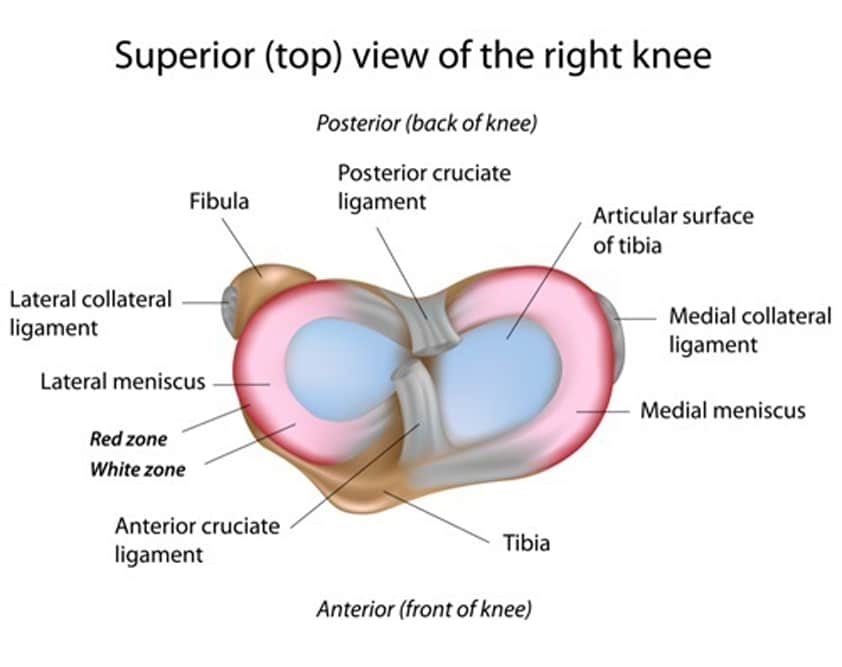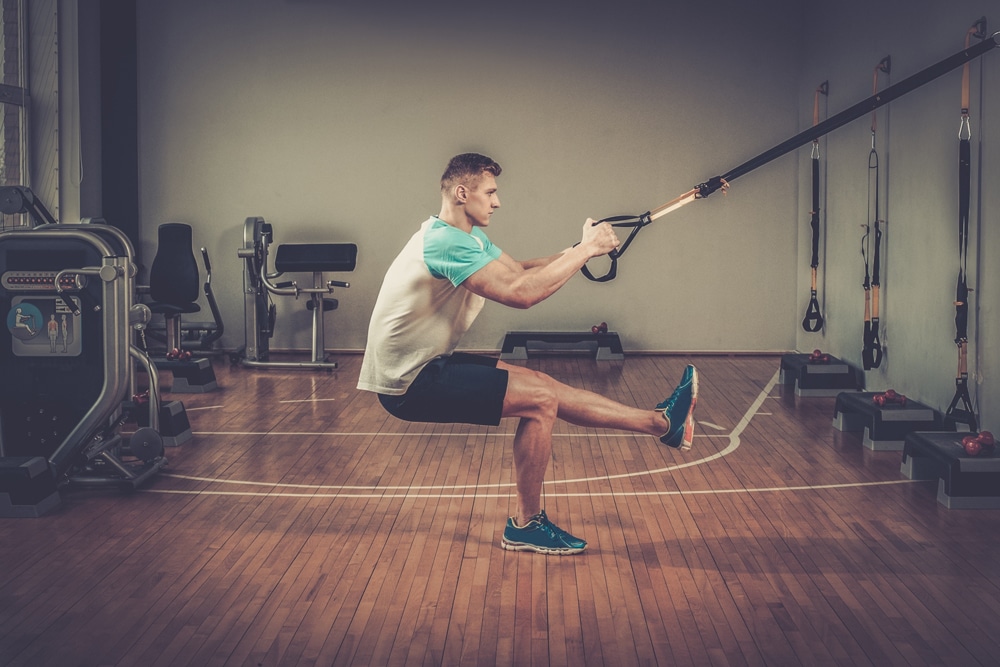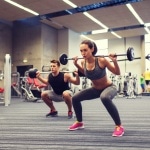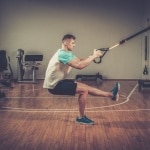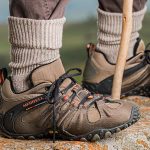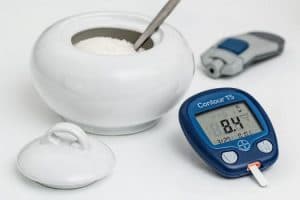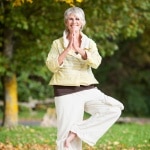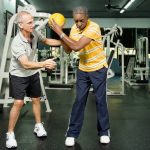If there’s one thing I know about the human body, it’s knees. Not that I’m an expert in knees but I have read a lot about, had a few surgeries for, and even replaced a knee . So when this article from the New York Times was brought to my attention, my ears and fingers perked up: this will be fun to write about. (Read more of my thoughts on knees in previous articles here and here.)
The author, Jane Brody, is a long-time health and fitness writer for the NYT and elsewhere. I have long enjoyed reading and learning from her work. Apparently, however, she has just decided those old knees of hers were due for honorable mention again in that they are no more; she traded them in for new ones after more than 50+ years. New research triggered her new take on the new life the metal knees have given her.
Now her exact date of replacement, or arthroplasty (arthro means joint, plasty means grafting), is irrelevant (2005.) But her trajectory toward that end is discussed in the context of her battle with hurting, arthritic knees as she descended from being very active to less so…to painfully so till she couldn’t be active much longer. She, like all of us who’d gone down that path, had surgeries and treatments to delay the inevitable.
She seems to be dismayed – as the title, “What I wish I’d known about my knees,” suggests – about the research that shows that those arthroscopic surgeries to clean out the joint or shave off the meniscus tear may have been for naught.
I have a different take on it: to me, those surgeries were, knowing that if I lived long enough, part of the battle against joint damage I earned in youth. A joint replacement was merely the culmination of that battle, or should I say, a culmination, for I suspect I will be getting a revision in 20 years.
Mrs. Brody seems to bemoan the injections and procedures that preceded her arthroplasty. What with professional organizations such as the American Orthopaedic Society for Sports Medicine (AOSSM) coming out, after the research has shown it, against unnecessary meniscus repairs and arthroscopic surgeries, it’s not difficult to appreciate her position: “Three months after the procedure, fewer than 15 percent of patients experienced at best “a small or very small improvement in pain and function,” effects that disappeared completely within a year,” she writes.
But my training in Tae Kwon Do took its toll 15 years into intensive training; my first surgery was in 1987 as I thought about preparing to try out for the US Olympic TKD team for the 1988 Olympics in Seoul. My next one was about 9 years later, then a third one 15 years after that by which time my TKD career was over and I’d become a trail walker and gym rat. That last one was designed to remove some of the floating junk inside the joint to see if it would give me more time to be active before the finale. It didn’t work.
My point is, however, that anyone who’s played hard on their knees would have been kidding themselves to think they were immune to the possibility of such a denouement. Many have escaped this fate, many have had other joints that have had more serious disability (my hip actually went out on me 9 years before the knee finally collapsed), but few have come out of intensive athletic training without some orthopedic consequences. They were the lucky ones. Jane and I weren’t.
As a student of osteoarthritis (OA), I have tried to understand what’s going on in the aging and worn-out knee and why. I’ve tried to learn so I could train myself and others, to try to defer the final measure. When my quads on my right knee no longer could fire, when it became obvious that I could no longer strengthen it, I knew it was time to have the surgery.
After each surgery, I did the rehab. Being a personal fitness trainer, and gym owner, I had ready access to the tools necessary to keep my leg strong as possible under the circumstances. But once OA gets going, it’s not easy to stop. Actually, other than surgery, only early death stops it. Drugs like NSAIDs or hard core prescription ones help manage inflammation and pain but can’t stop the joint damage that’s taking place. Even altered lifestyle, such as replacing upright activity with swimming, or even sitting down more, may not do much other than delay things even more.
An article on the biomechanics of OA of the knee discusses some of the mechanical causes, effects and subjective reactions and responses to OA. Having experienced much of what the article addresses, I find myself nodding yet wondering:
If, by the time someone has a knee that needs to be replaced, so much of their mechanics have been altered by the degeneration of the cartilage that ‘normal’ biomechanics for any one person can no longer be determined, how can scientists really ascertain what’s cause and what’s effect?
This article does not presume to answer that question, but it does highlight the need for studies that may point in the direction doctors, and prospective patients, need to understand. I, for one, unlike Mrs Brody, was fully prepared to seek orthopedic solutions to what I knew would be damaged joints simply by how hard I was on them. I didn’t oppose the diagnosis; I trained for it.
I think the medical community has done a good job answering the question as to whether running causes OA of the knee or not. The consensus is that it doesn’t, but if you’ve had injuries to the knees, or even the feet, there is a greater likelihood that arthritic changes will be noticeable on X-ray. That does not mean you will be hampered by OA but continued running, especially competing, will likely hasten that day when you will need some kind of medical intervention.
I would ask Mrs. Brody if knowing where her knees were headed would have changed the trajectory of her lifestyle as to avoid the arthroplasty. My father, who played college football in the 40s, and who’d suffered countless ankle injuries that were simply injected so he could keep playing, when asked this question shortly before my mom, his wife, died, said he would not have changed a thing.
I think that may be what differentiates those who are afraid of life, and its aches and pains, from those who wish to carry on, and to make the best of it despite them. I would hope that Mrs. Brody and orthopedic surgeons would read this commentary, not to change the science behind it but to change her perspective on an active lifestyle.
There is always risk, but that may be precisely what makes getting up out of your comfort zone, out of your chair, and into a more active way of living worth the aches and pains – because then you know you’ve lived.

